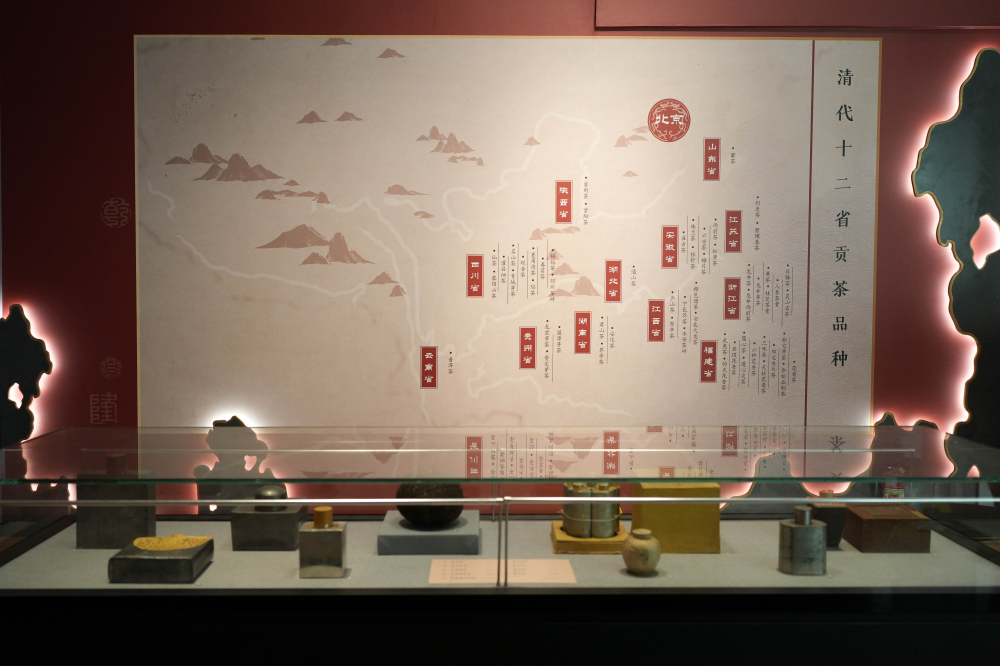
Tea, which originated in China and became beloved worldwide, carries thousands of years of history. How can an exhibition capture the depth of Chinese tea culture, its long journey, and its profound influence on history and society?
On July 26, the “Forbidden City Tea World: Exquisite Elegance – A Tea Culture Artifacts Exhibition” opened at the Hebei Museum. Co-hosted by the Palace Museum and Hebei Museum, this exhibition marks the second stop of the “Forbidden City Tea World” global tour. Divided into four sections—“Exquisite Tea from the Palace,” “Qianlong and Tea,” “The Origins of Tea Culture,” and “Tea Fragrance in Hebei”—the exhibition features 160 treasured artifacts from the Palace Museum, Hebei Museum, and the China National Tea Museum. These relics showcase the development of Chinese tea culture, its evolution over the centuries, and its impact on the world.
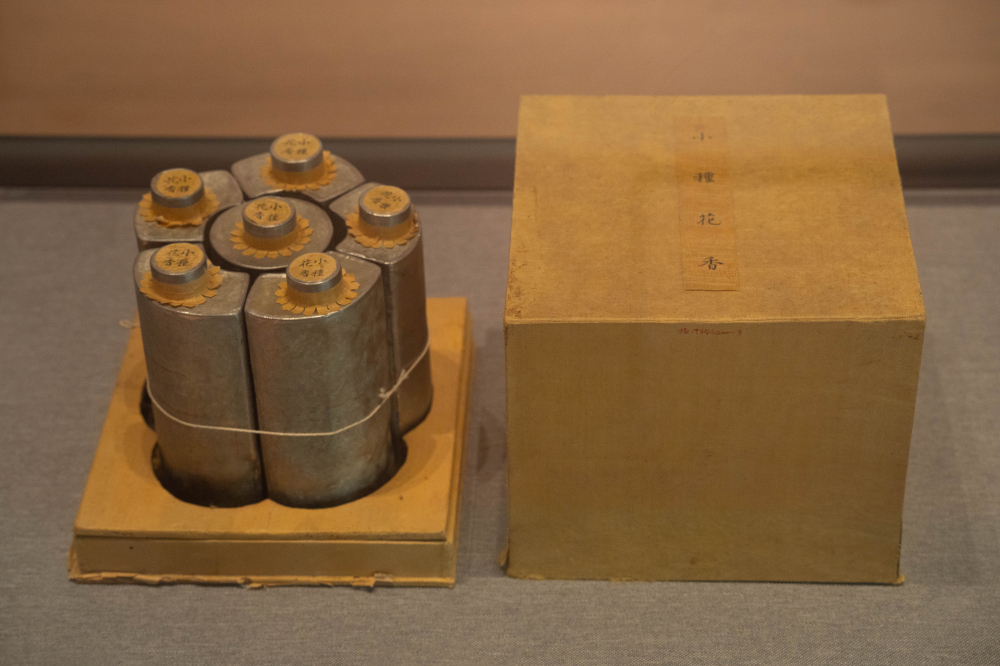
Exquisite Tea from the Palace: Tribute Tea and Royal Customs
In ancient China, tea was not only an everyday drink but a symbol of prestige in royal courts. Premium teas were presented to the emperors as “tribute tea,” gathered from renowned tea-producing regions across the country. The first section of the exhibition, “Exquisite Tea from the Palace,” highlights the tea traditions of the Qing dynasty, with artifacts showcasing rare tribute teas from provinces like Zhejiang, Yunnan, Jiangxi, and Sichuan.

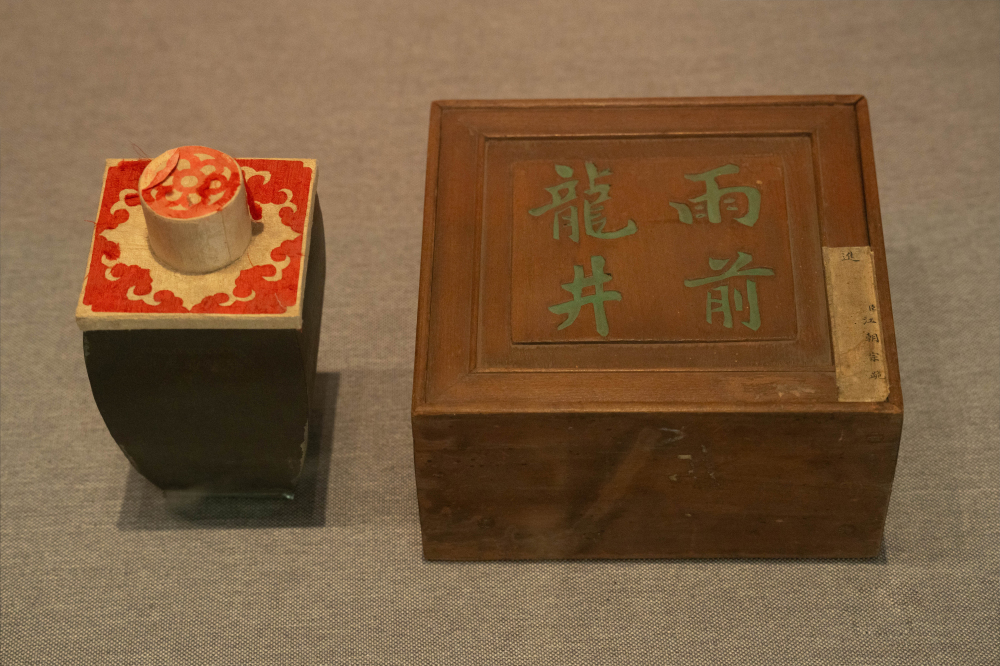
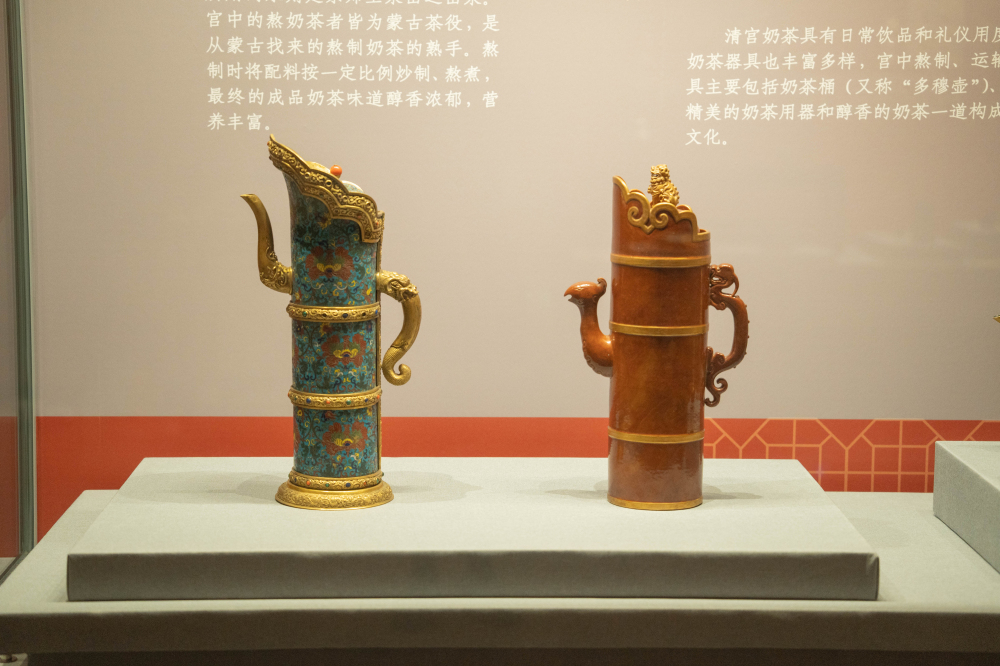
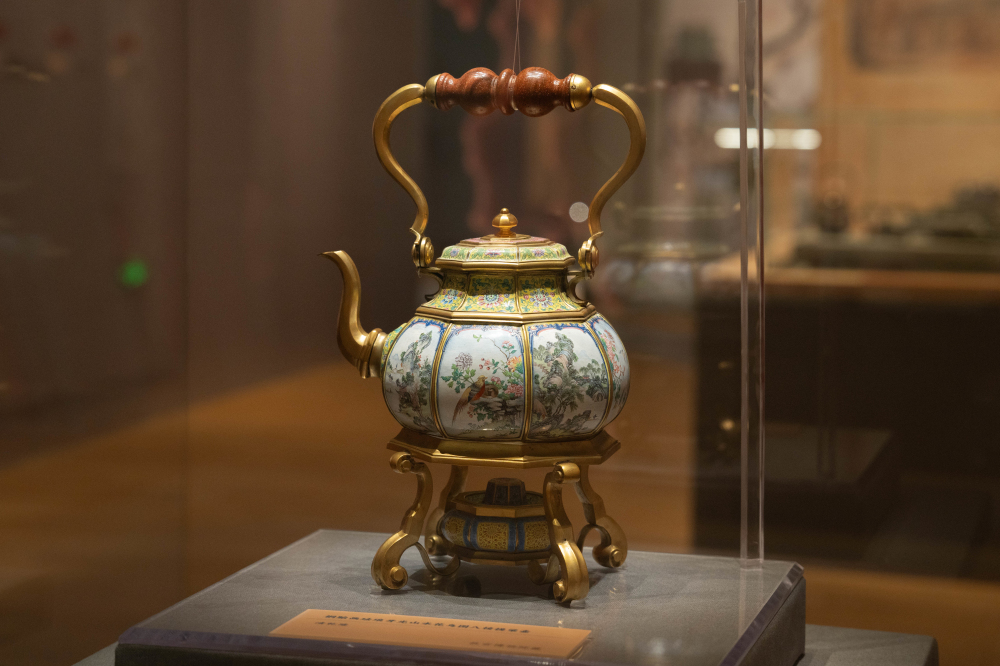
This section also explores the unique milk tea culture of the Qing court and its tea management practices. Featured items include intricately crafted copper enamel teapots and exquisite tea utensils with European influences, reflecting the blend of tradition and innovation in imperial tea culture.

Qianlong and Tea: The Emperor's Passion for Tea
Emperor Qianlong was a tea connoisseur who left a significant mark on Chinese tea culture. Known for his love of tea poetry, tea utensils, and tea ceremonies, Qianlong once declared, “A ruler cannot go a day without tea.” The second section of the exhibition, “Qianlong and Tea,” delves into his personal tea rituals, including his artistic creations, his collection of fine tea utensils, and his well-documented tea gatherings.
A notable feature of this section is an immersive visual display that recreates the atmosphere of Qianlong’s favorite tea pavilion, “Thousand-Foot Snow,” where visitors can experience the poetic and reflective world of the emperor as he savored tea and composed poems.
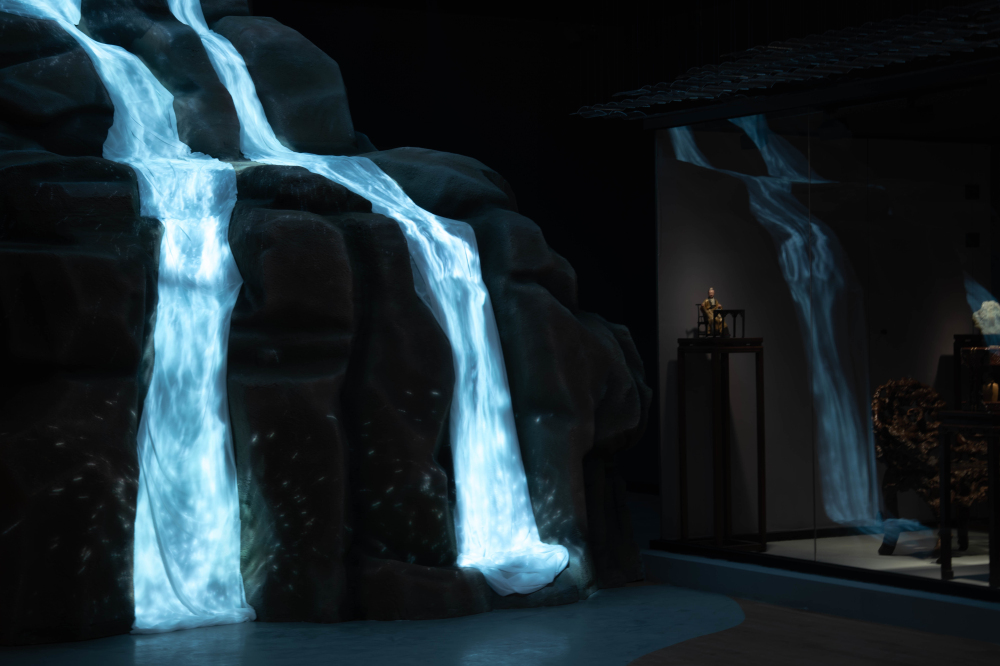
The Origins of Tea Culture: Tracing Tea’s Journey Through Time
Tea culture in China began with ancient myths, flourished during the Tang and Song dynasties, and reached new heights in the Ming and Qing eras. The third section, “The Origins of Tea Culture,” explores tea’s evolution over the centuries, from its early medicinal uses to its role in daily life and ceremonial practices.
Artifacts on display include Tang dynasty tea vessels, Song dynasty black-glazed bowls, and Ming and Qing dynasty tea sets, each representing different aspects of tea culture through history. Visitors can engage with multimedia displays that bring to life ancient tea-brewing techniques, offering a modern perspective on historical tea practices.
Tea Fragrance in Hebei: A Journey Through Cultural Exchange
Although Hebei is not traditionally known for tea production, it has played a significant role in the spread of Zen tea culture, particularly through the famous Zen koan “Drink Tea” from Zhaozhou’s Bailin Temple. The fourth section, “Tea Fragrance in Hebei,” explores the region’s importance in the development of tea culture as a bridge between northern and southern China, highlighting artifacts from the Liao and Jin dynasties that reflect cultural exchanges between different ethnic groups.
This section also focuses on the historical “Zhangjiakou-Kyaktka Tea Road,” a major trade route between China and Europe, emphasizing the global impact of Chinese tea through trade and cultural exchange. Visitors can view artifacts related to tea trade, as well as top-quality tea leaf specimens that offer an interactive experience through the exhibition’s “See and Smell Tea” display, providing a sensory exploration of China’s rich tea history.
A Cultural Legacy of Tea
In 2022, “Traditional Chinese Tea-Making Techniques and Related Customs” were recognized by UNESCO as an Intangible Cultural Heritage of Humanity. This exhibition aims to promote the creative and innovative development of Chinese tea culture, offering visitors a deeper understanding of its historical significance and global influence.
Running from July 26, 2024, to October 27, 2024, the “Forbidden City Tea World: Exquisite Elegance” exhibition at the Hebei Museum invites the public to embark on a captivating journey through Chinese tea history. Through this exhibition, the story of tea as a cultural bridge between past and present is brought to life, connecting generations through the timeless art of tea.



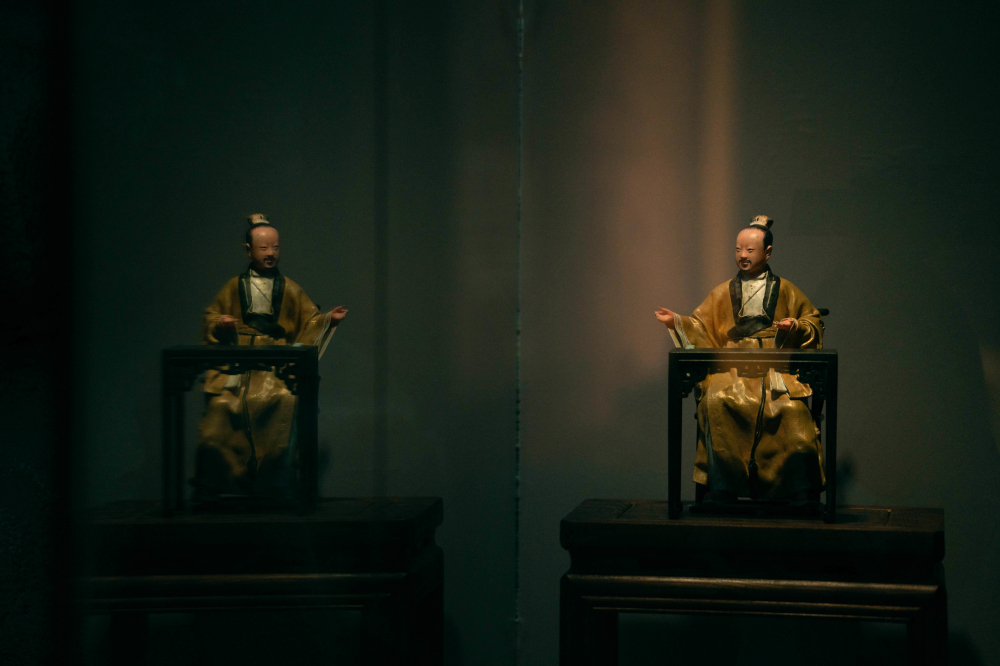
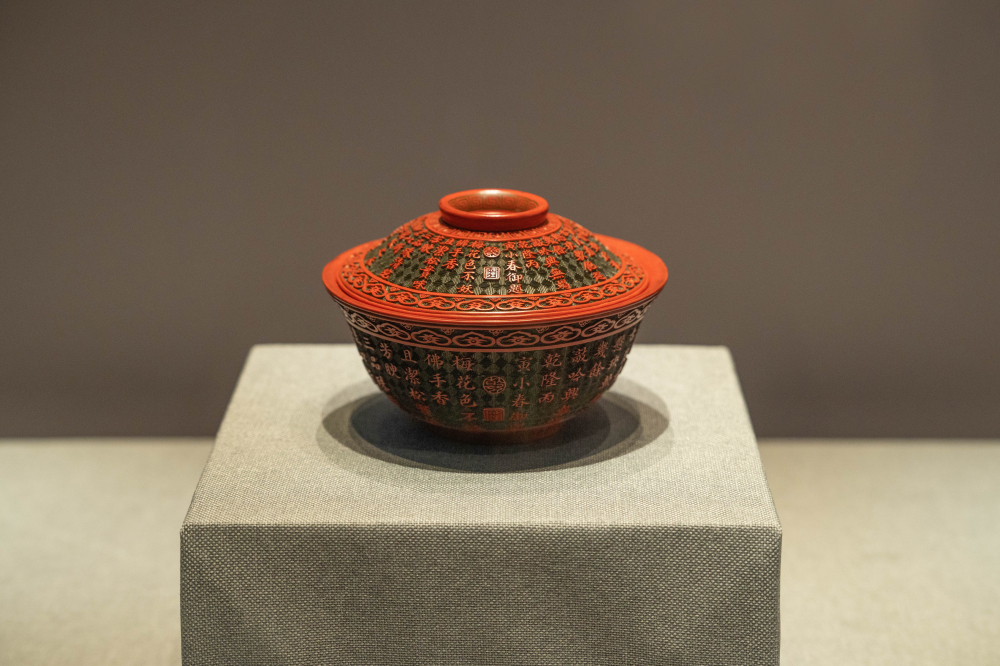
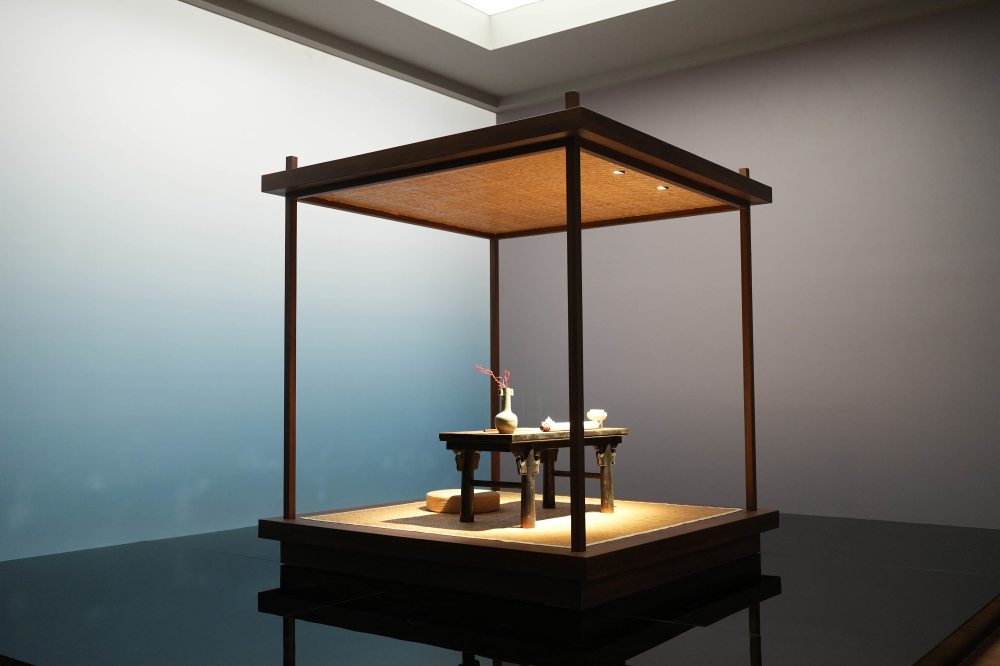
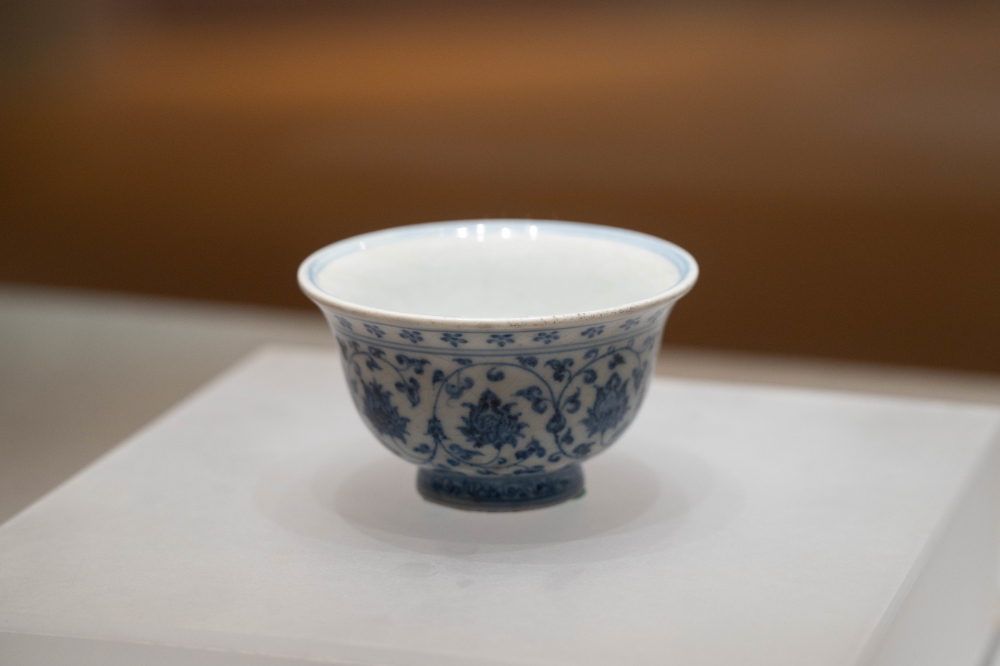
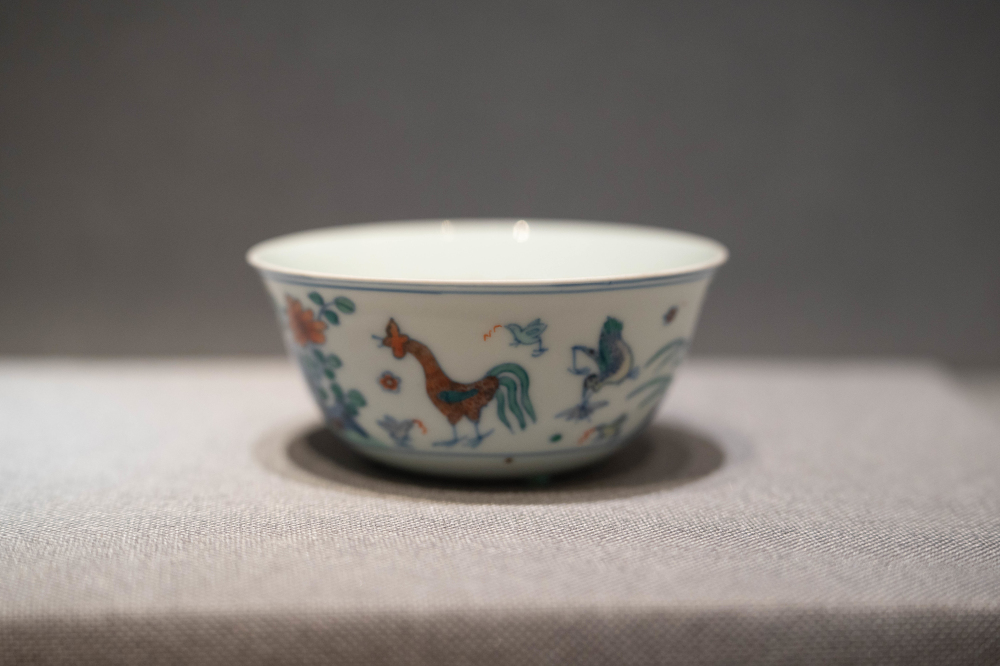
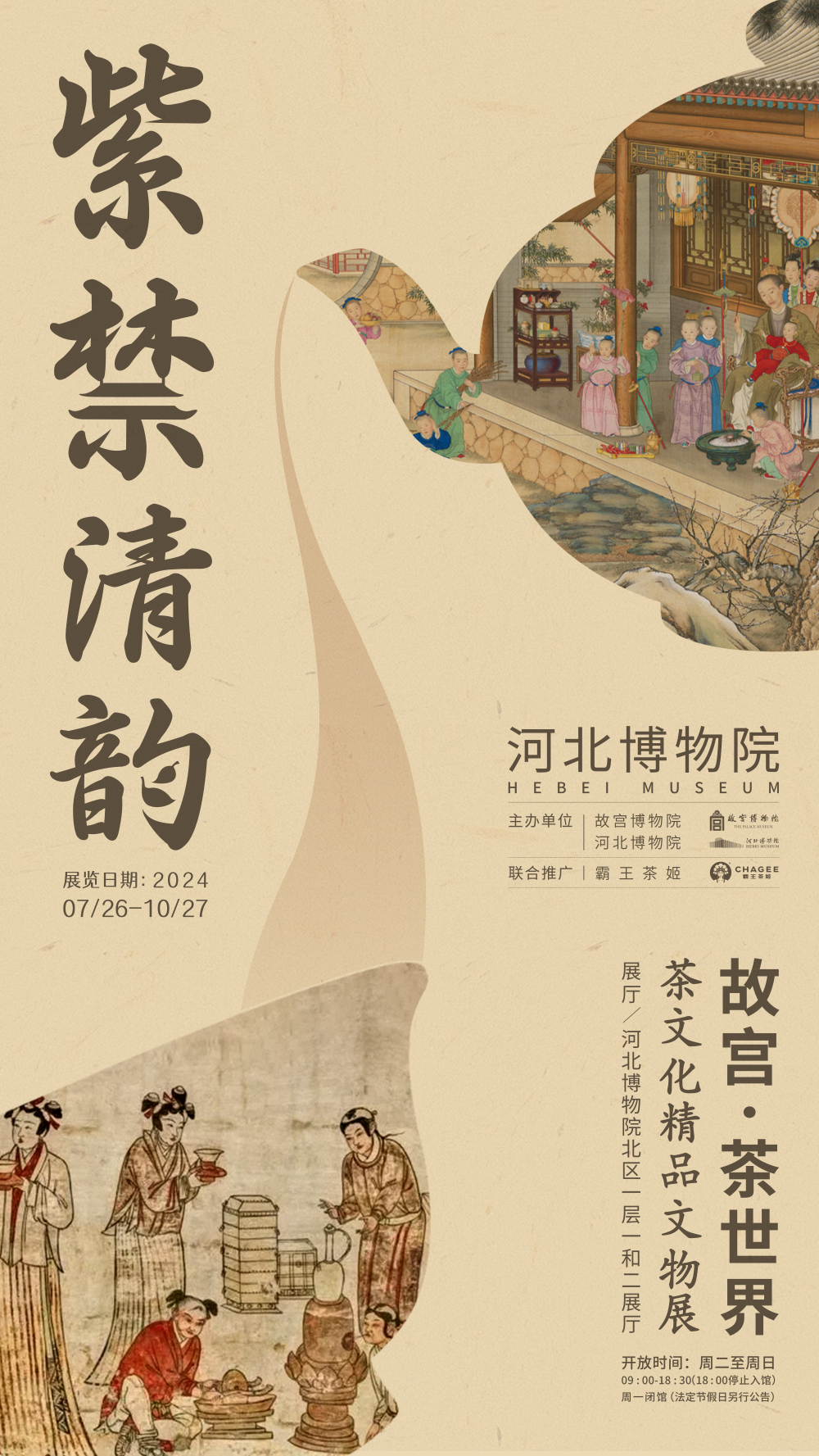



Share:
Buyei Fenglin Scenic Area Showcases Traditional Eastern Aesthetics, Wows Foreign Influencers
A Historic Encounter: A Civilizational Dialogue